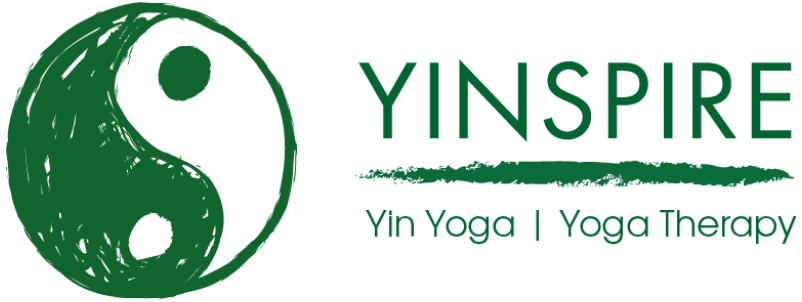Catching up on reading this weekend, and on my reading list was this.
Without turning this post into a neuroscience lecture, here’s what this means in straight forward terms:
- The amygdala (there are two of them, although we often address them as singular) represent brain regions involved in registering emotions and in particular potential threats, sometimes called the brains alarm bell, although that is an oversimplification.
- The mPFC (medial Pre Frontal Cortex) is part of the brain that plays an import part in regulation of emotional responses and threats – so called executive control
- There is an important interdependence between these structure – the amygdala to register threats and emotions, the mPFC to interpret the amygdala’s activity and either dismiss it or act on it.
- For this interdependence to work a good connection between the two structures is necessary; if the connection is weak then the amygdala’s activity may not be checked by the mPFC and it can fire information indiscriminately elsewhere in the brain – put simply overreaction.
So, in summary, a good connection between these two structures inhibits overreactions. This is a considerable simplification of the brains fear response systems, the work of the limbic system, neuroplasticity, and neuroprocessing in general.
So far so good. What about Heart Rate Variability, HRV? HRV is a measure of the rate that our heart beat changes breath by breath, and is considered, amongst other things, a good indicator of the health of our nervous system and of our level of physical, mental or emotional stress. Our heart rate naturally changes with each breath (Respiratory Sinus Arrhythmia), and also in responses to stimuli like tiredness, stress, emotions. Low HRV correlates with physical, mental or emotional stress, tiredness and anxiety (and all these conditions can cluster – have you ever noticed how tiredness makes you more stressed or anxious, or how you become tired if you are anxious?).
So what this study found is that where there is good HRV, the connections between amygdala and mPFC are stronger. Put simply, good HRV equates to better emotional resilience. To be honest it’s no surprise, but it’s good to see it supported by research.
More than likely this will be a two way effect – better emotional regulation will also equate to better HRV. And this goes to the nub of the spiralling problems we can see – a little bit of anxiety or fear can multiply, as interdependent neurological systems react to each other and things spiral downhill (emotional overwhelm); but equally change one aspect and you can improve the functioning of all the interdependent systems.
And this is where Yoga comes in. Yoga is known to improve HRV(1,2), so a yoga practice can help with emotional regulation.
However we can go one step further and use yoga practices which we know support HRV and the resilience of the nervous system. As a Yoga Therapist I would be using a slow breath, maybe Ujjai(3) or Resonant Breathing(4); for anyone unable to practice with these, eg finding breathing work a challenge, a supported inversion or legs up wall posture can achieve the same effects(5) via Baroreflex sensitivity. These are what I would call the quick hacks to better emotional regulation, and are the sort of things I teach my clients to help use yoga for their own physical, mental and emotional wellbeing.
As the meerkat may say “simples”. Well, it’s not, but when you appreciate how we are wired you start to understand how to work with these issues. For myself I know if I miss my breathing practices for a few days, my nervous systems starts to tell me.
References
- Yoga and heart rate variability: A comprehensive review of the literature
- Impact of short-term practice of yoga on heart rate variability
- Cardiovascular and respiratory effect of yogic slow breathing in the yoga beginner: what is the best approach?
- The Impact of Resonance Frequency Breathing on Measures of Heart Rate Variability, Blood Pressure, and Mood
- Increased heart rate variability but no effect on blood pressure from 8 weeks of hatha yoga – a pilot study
